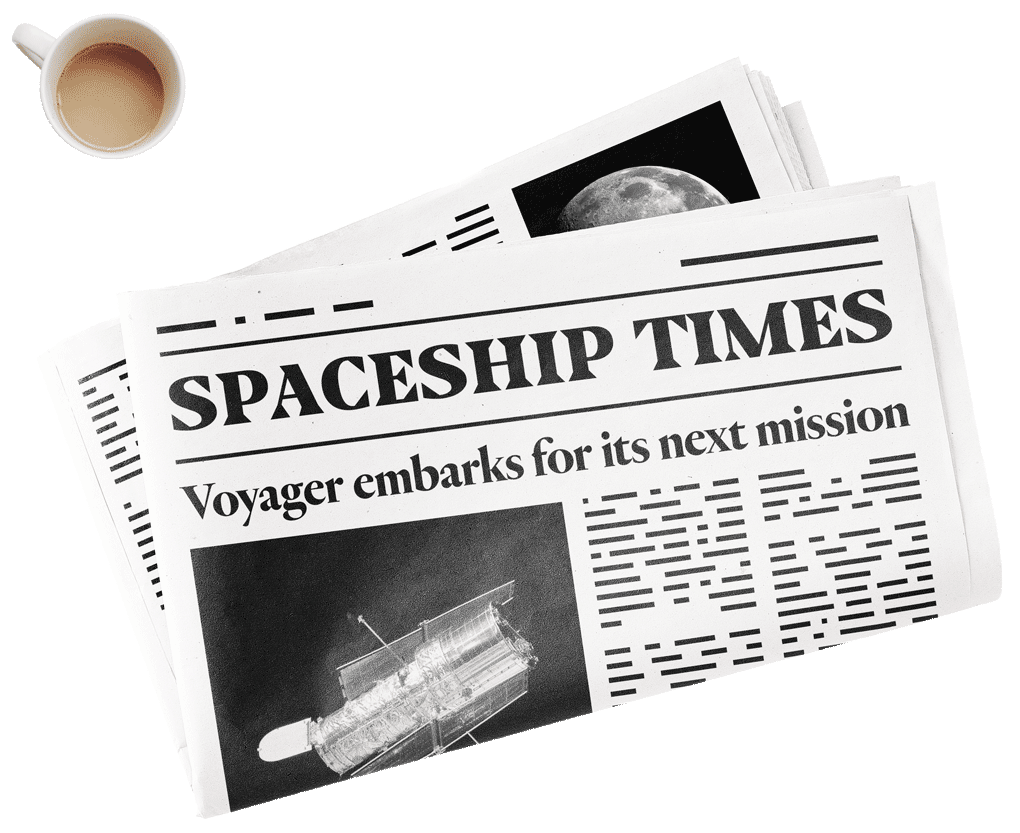At Spaceship, we’re long term investors. But we still keep an eye on what’s going on in the market day-to-day.
This week we’re taking a look at some of our Spaceship Universe portfolio companies that are helping to build the metaverse, including one that’s under a $1 billion takeover offer.
Want more? You can see daily price moves and company news when you log into the Spaceship app.
Nearmap
Nearmap rose 30.13% last week (15-19 August 2022).
Nearmap is in the Spaceship Universe portfolio.
Nearmap was founded in Perth in 2007. At the time of writing it’s worth nearly $1 billion. That’s because it takes top-down photos of Australia, the US, New Zealand, and Canada that can be turned into digital maps and mined for insights that are valuable to insurance, government, and roofing industries.
“We’re basically building a virtual model of the world, and we’re doing it at a scale and at a detail that hasn’t been done before,” said Nearmap’s Director of Vision Systems in a 2018 video.
This week, Nearmap announced that its board unanimously recommended they accept a massive takeover deal from a U.S. private equity firm. If shareholders vote for it, Nearmap will be taken over for $1.06 billion AUD.
Why are Nearmap’s high-res aerial shots so valuable?
“Nearmap’s image database is valuable because of its detail, history and frequency of updates,” said our Spaceship Voyager Investment Team.
“The images are more useful than say Google Maps as Nearmap captures high resolution aerial images multiple times a year at 7 cm per pixel compared to Google Maps which take satellite photos every 2-3 years.
This also allows customers to view historic footage as well as request new footage.
A major use case is tracking natural disasters such as floods. Insurance companies can request updates to help assess and pay insurance claims.
Additionally, Nearmap’s cameras allow for oblique imaging, translating 2D images to 3D allowing customers to spot safety, compliance, and structural requirements by assessing building heights and width. Here’s an example.”
Unity
Unity fell 15.71% last week (15-19 August 2022).
Unity is in the Spaceship Universe portfolio.
Nearmap’s not the only Spaceship Voyager portfolio company stock helping to build the virtual world.
Unity is a leader in real-time 3D. In other words it’s a gaming engine.
There are effectively two major game engines: Epic’s Unreal Engine and Unity. Unity powers more than 70% of the top mobile games and 72% of the top selling VR games.
Last year Unity acquired Weta digital (the makers of the Lord of the Ring films) to create 3D content in movies as well as games.
Unity also sees a large opportunity in 3D digital twins. A digital twin is a virtual copy of a real-life asset – right down to how it looks and behaves.
Digital twins make it easier to predict performance and issues that could impact a real-world product.
Here’s an example from Unity about how an architecture firm uses digital twins to see skyscrapers before building them.
Unity is seeing increased interest in industrial applications and construction: last quarter (Q2 2022) Unity received their largest digital twin contract to date.
The concept of the digital twin was invented by NASA in the 1960s. Unity started running with it and leaning into its top use cases, which it says are 3D design, building and manufacturing; employee training with immersive learning experiences; simulation; interactive and customisable 3D shopping experiences; and operations cost reduction.
What makes a Unity digital twin so compelling?
“The ‘metaverse’ entered the hype cycle last year but we have been focused on digital twins where there is a clear business use case today,” said the Spaceship Voyager Investment Team.
“Digital twins allow for increased planning and simulation of real world assets. In a tough economic environment, digital modeling can save costs and improve factory efficiency through simulating production environments. We believe Unity’s background in 3D gaming, movies and digital asset library are key to unlocking value in the digital world.”
Matterport
Matterport fell 16.91% last week (15-19 August 2022).
Matterport is in the Spaceship Universe portfolio.
Matterport is another Spaceship Voyager portfolio company in the business of digital twins. Matterport has a mobile app that turns any space into a 3D digital twin.
Matterport has thousands of customers in over 150 countries digitising everything from homes, offices and hotels to factories and shops.
Here’s an example of a digitised antique shop in Tokyo, captured with an iphone.
The benefits of digital twins depend on the type of business you have. If you’re in the antique business, you can show off your products to customers to help entice them to visit; if you’re in the real estate business, you can create better visualisations of rental listings.
Here’s how Matterport puts it.
So why are digital twins where the world is going?
“Digital twins are an interesting trend because they increase the value of real assets, simulating real assets and using data to make assets more efficient,” said our Spaceship Voyager Investment Team.
“Matterport’s initial use case was digital 3D housing tours, with properties selling 31% faster and at a higher price than housing without 3D tours.
Digital twin efficiencies extend to collaborations, inspections and facility management. The opportunity is large.
There are over 4 billion buildings in the world and most have not been digitised. The number of buildings is larger than the estimated 1 billion websites in existence.
The analogy is that the value created by indexing and organising websites increased the value of the internet, and if Matterport can index buildings and data it could also unlock substantial value.”
The Spaceship Universe portfolio invests in Matterport, Unity, and Nearmap at the time of writing.
Important! We’re sharing with you our thoughts on the companies in which Spaceship Voyager invests for your informational purposes only. We think it’s important (and interesting!) to let you know what’s happening with Spaceship Voyager’s investments. However, we are not making recommendations to buy or sell holdings in a specific company. Past performance isn’t a reliable indicator or guarantee of future performance.



